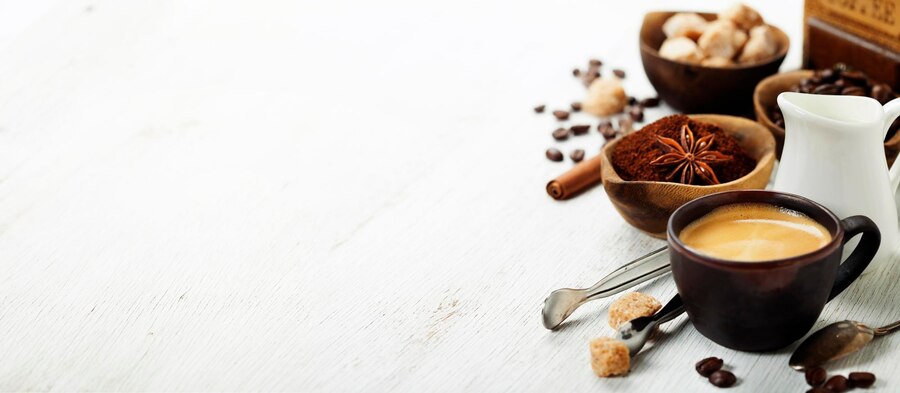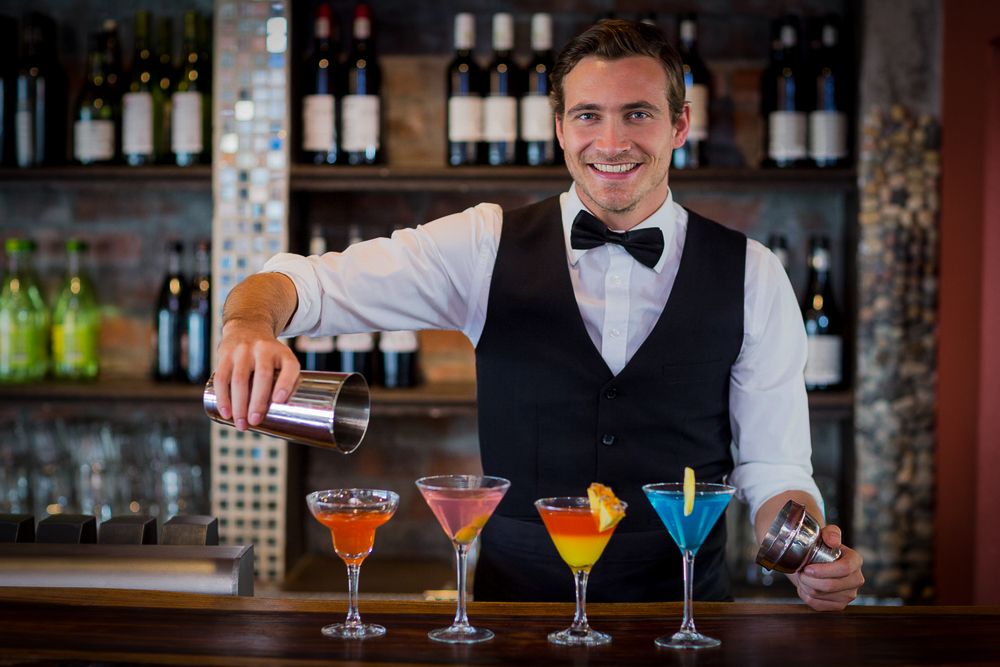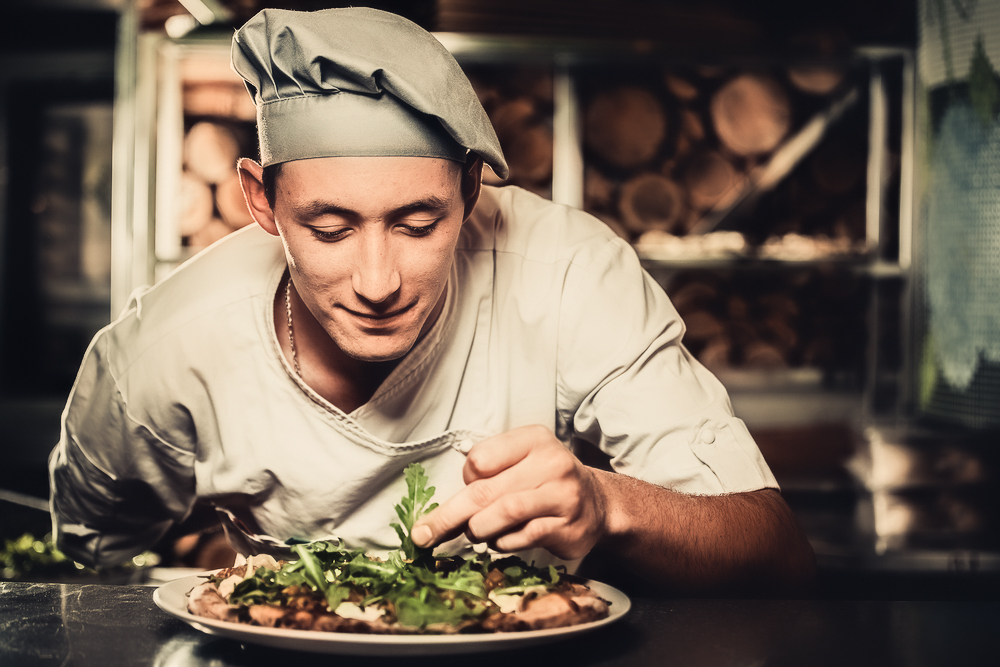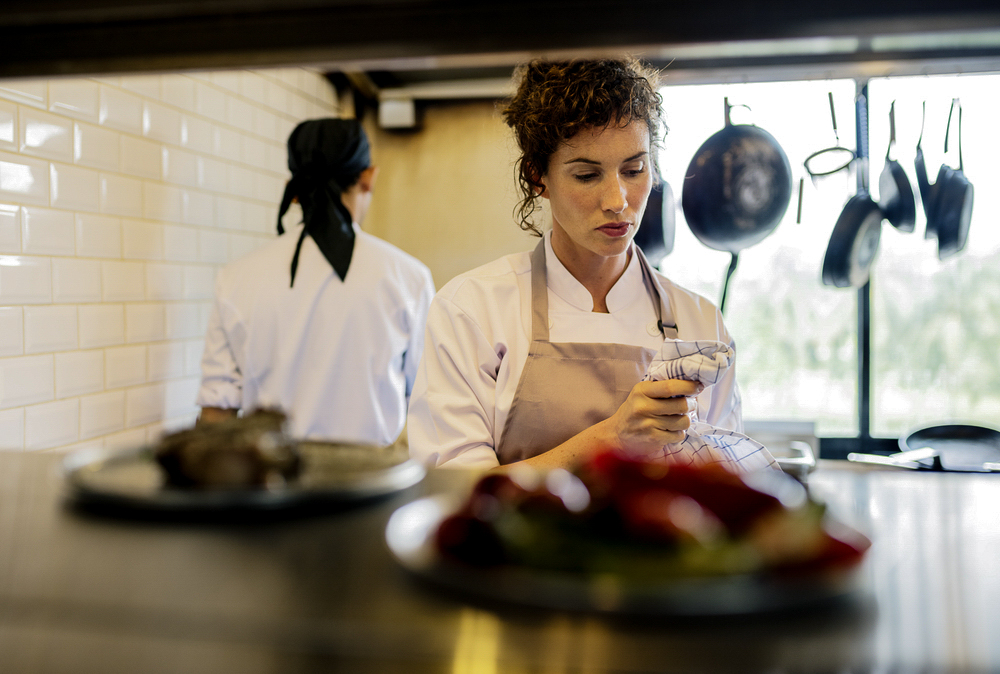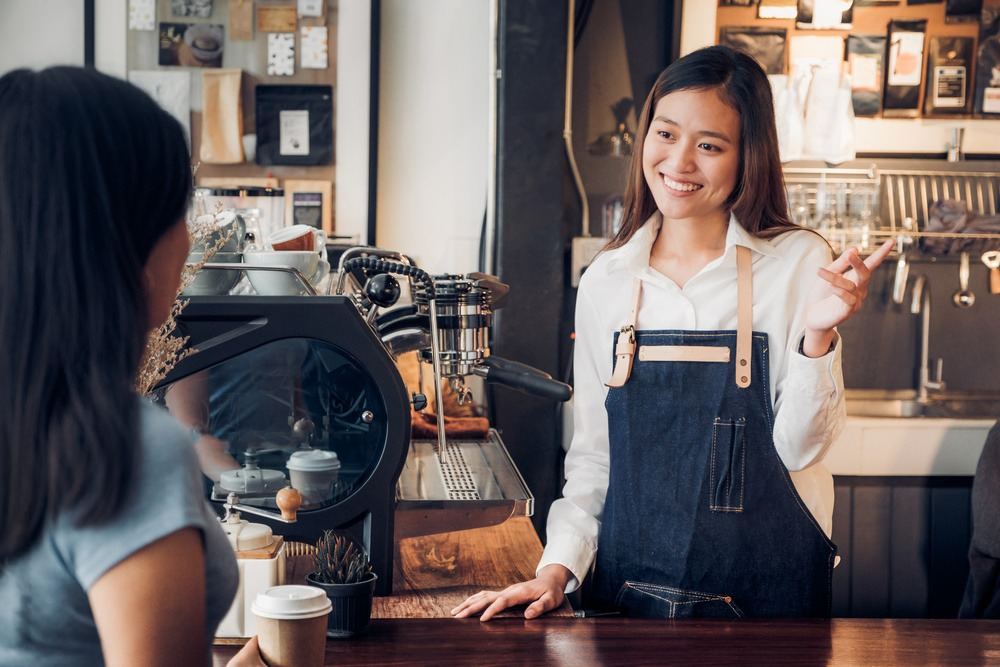
It’s mid-afternoon, and your shift’s in full swing. The machine’s humming, the grinder’s dialled in, and you’ve just nailed your best tulip yet. A customer walks in, glances at the board, then says: “I’ve already had two coffees today – do you reckon a cold brew or an espresso’s better if I want to stay sharp but not overdo it?”
Moments like this are common for a barista. People aren’t just picking a drink – they’re thinking about how it affects their body, sleep, and sometimes their gut. If you’re doing a Coffee Art Course, you’re not just learning how to pour pretty patterns. You’re also stepping into the role of a guide – someone customers trust to help them choose a drink that suits how they feel.
So, what’s the difference between a cold brew and a double shot? And how many coffees a day is actually okay? Read on to unpack the questions baristas hear all the time.
What do we know about coffee health benefits
Let’s get one thing clear – yes, coffee can be healthy. According to Healthdirect, drinking up to three or four cups a day may help reduce the risk of type 2 diabetes, Parkinson’s disease, and some liver conditions. (Healthdirect, 2023)
But it depends on the drink. A single espresso has around 63mg of caffeine. A cold brew might taste mellow but can have more than 200mg due to how it’s brewed. Some people feel fine with three long blacks. Others feel anxious after one cold brew.
As a barista, being able to explain coffee health benefits in plain terms – like switching to a half shot after a rough night – can make a real impact.
Does coffee support coffee and wellness goals?
Health-conscious customers often ask about sugar, digestion, fasting, and dairy. You don’t need to answer like a nutritionist – but a clear, practical response matters.
Black coffee is low in kilojoules, free from sugar and fat, and full of antioxidants. It won’t dehydrate you unless you’re avoiding water altogether.
However, extras change the story. A flavoured latte with syrup and cream has a different impact than a piccolo with oat milk. Knowing how to guide someone toward a lighter option can help them feel like they’ve made a better choice.
What about dairy and digestion?
Flat whites and cappuccinos come with a lot of milk – and often questions. Some customers say milk makes them feel bloated or sluggish. Others mention skin reactions or sensitivity to lactose.
It’s not your job to diagnose, but offering alternatives can make a big difference. Oat, soy, almond, and lactose-free milk are common now, and a Coffee Art Course will teach you how each one steams, stretches, and tastes to make sure the final drink looks and tastes right.
Common myths baristas are asked to clear up
These ones come up again and again:
- “Coffee dehydrates you.” It’s mildly diuretic, but it still contributes to your fluid intake.
- “Espresso is the strongest.” A filter brew can have more caffeine than a single shot, depending on how it’s made.
- “It’s bad for your heart.” Moderate consumption is generally safe and, in some cases, may be beneficial. (CSIRO, 2022)
Explaining these in simple terms – not as advice, but as helpful context – shows you know your stuff. That kind of service builds trust and brings people back.
What’s covered in a Coffee Art Course at Coffee School
Most customers don’t see what goes into their coffee behind the counter. But when you’re doing a Coffee Art Course, you get hands-on with every part of the process – from setting up your grinder to pouring that first clean rosetta.
At Coffee School, you’ll learn to operate a commercial machine properly, steam milk to that glossy texture, and make every drink on the menu. Each student has their own station, several tries to practise, and time to clean, adjust, and maintain equipment.
But the course is not just about coffee art – it’s about understanding what’s in the cup and how to talk about it confidently.
What training helps you handle
Working behind the machine means being asked about strength, milk, ingredients, and general coffee and wellness links. The more you understand what you’re serving, the easier it becomes to have those conversations without hesitation.
A Coffee Art Course gives you the practical knowledge to handle customer questions with calm and clarity. That includes adjusting caffeine levels, spotting common concerns, and knowing when to recommend an alternative.
Feel confident with every coffee and every question
If you’re ready to build real-world café skills, the Coffee Art Course at Coffee School gives you the training to serve and converse with confidence. To enrol in a course, call 03 9017 5440, visit coffeeschool.com.au, or find us on Instagram (@completehospitalitytraining).
